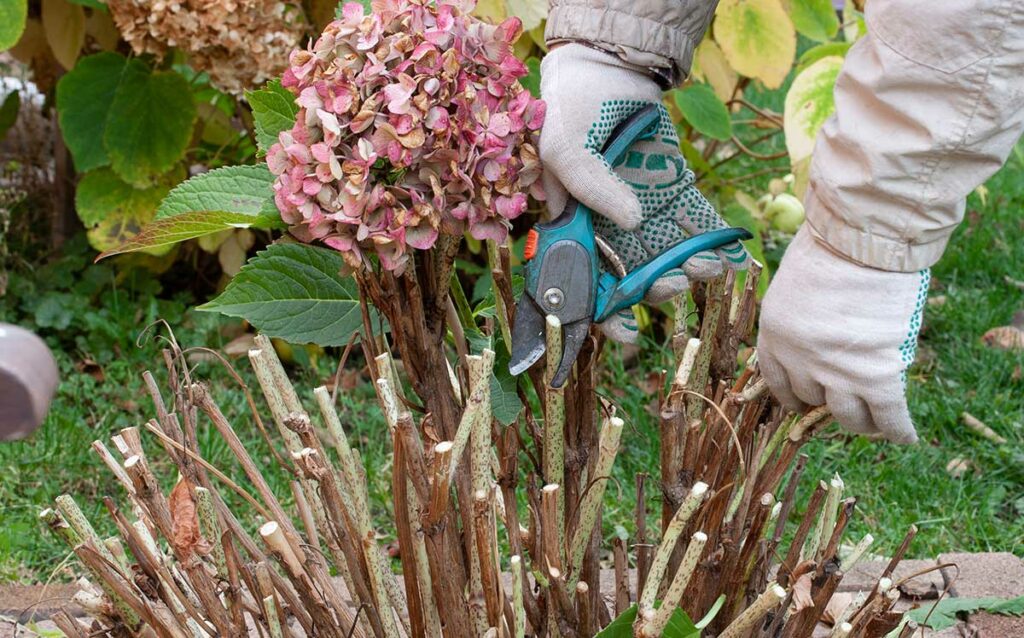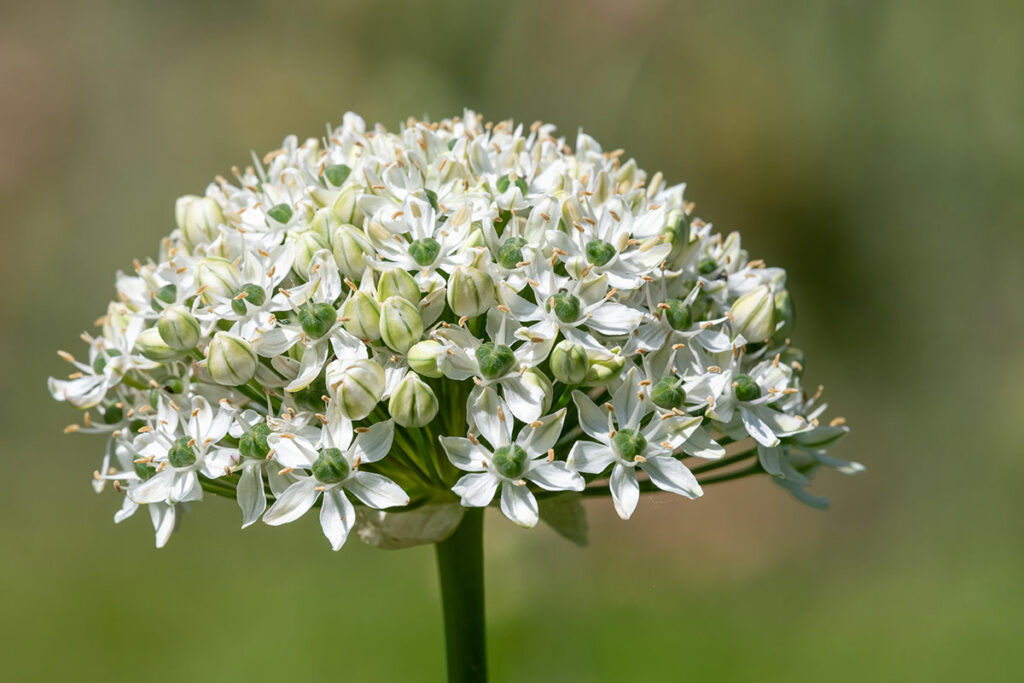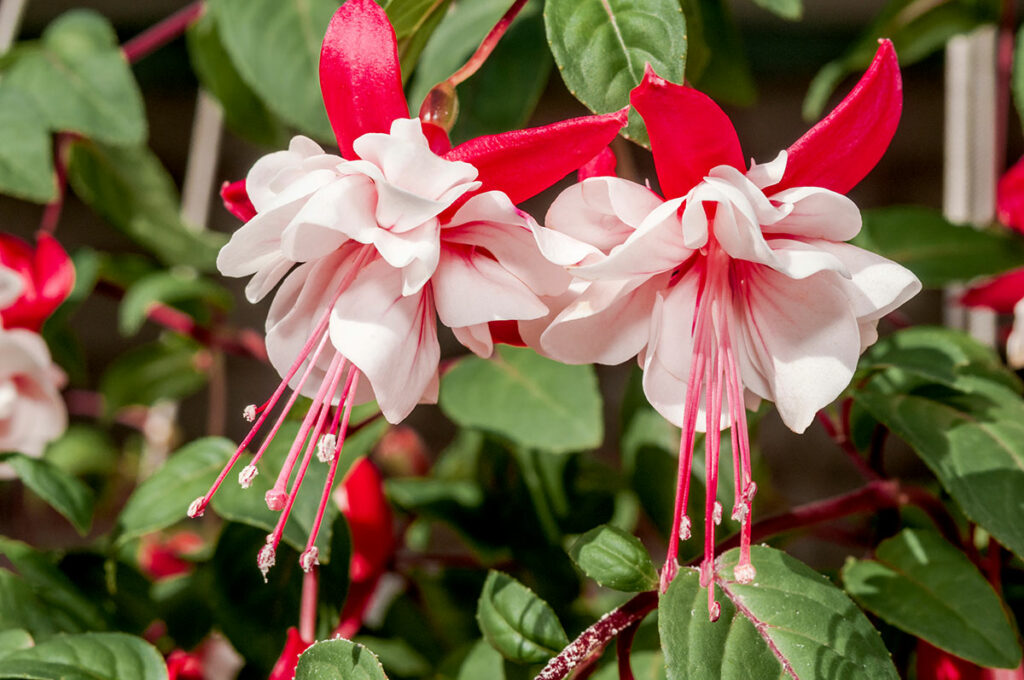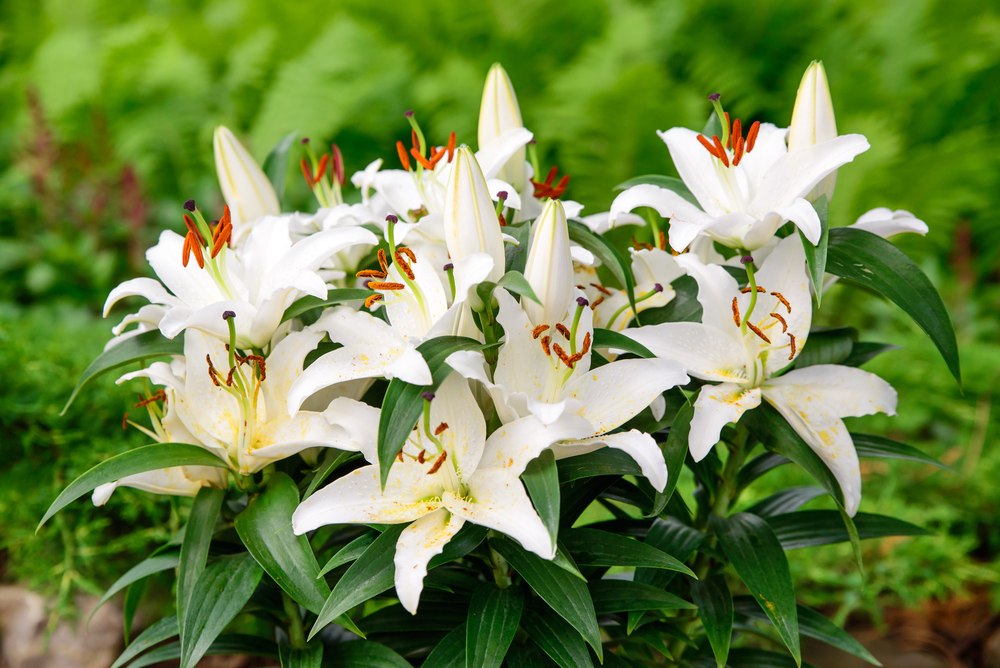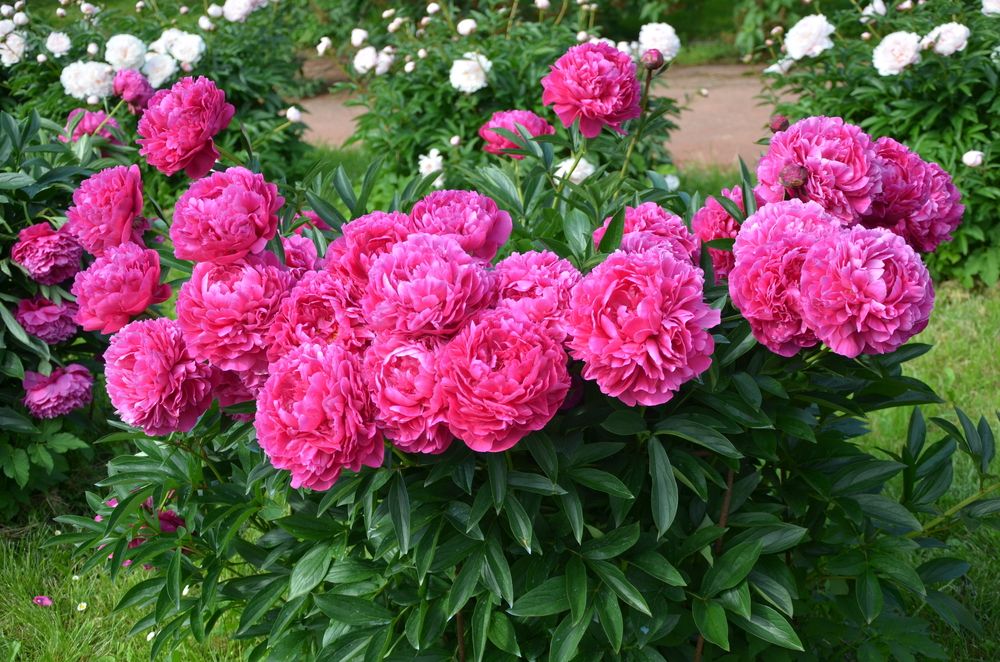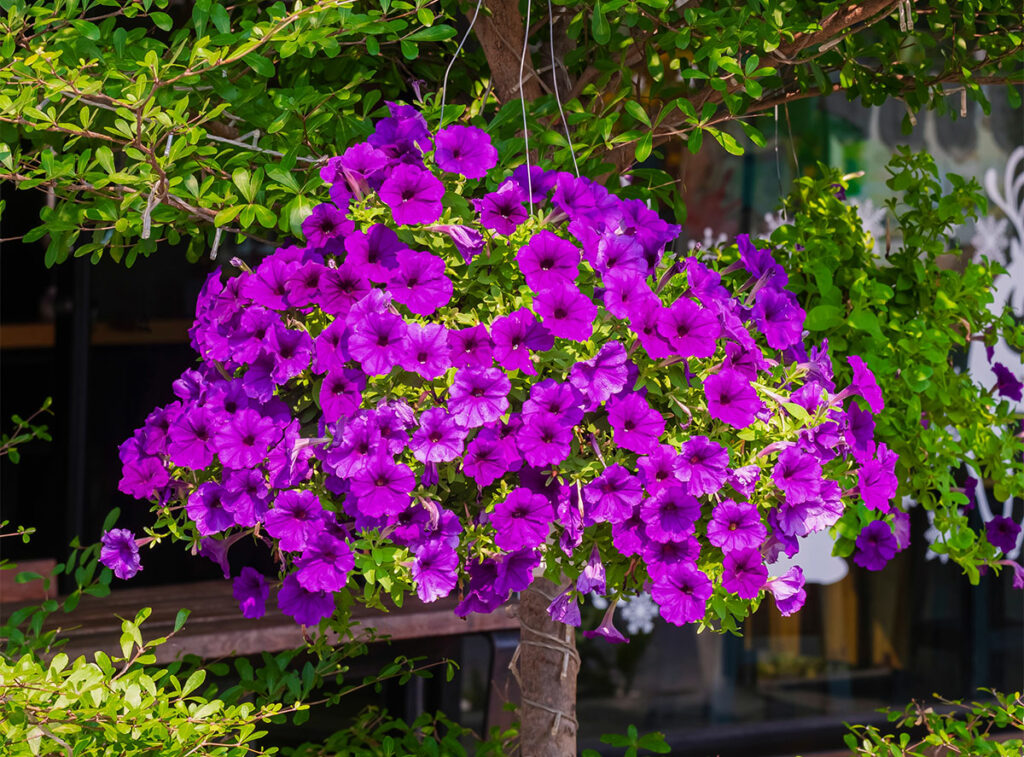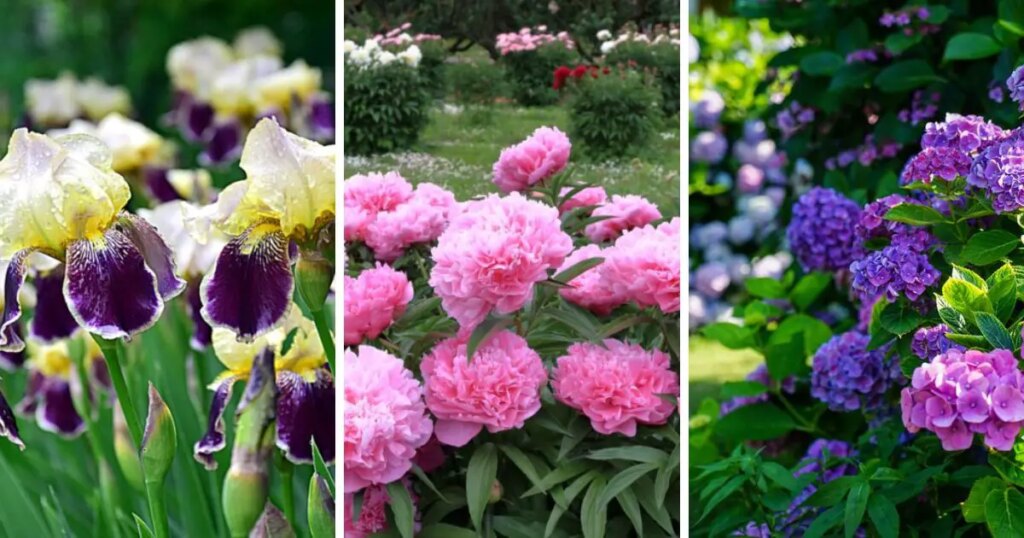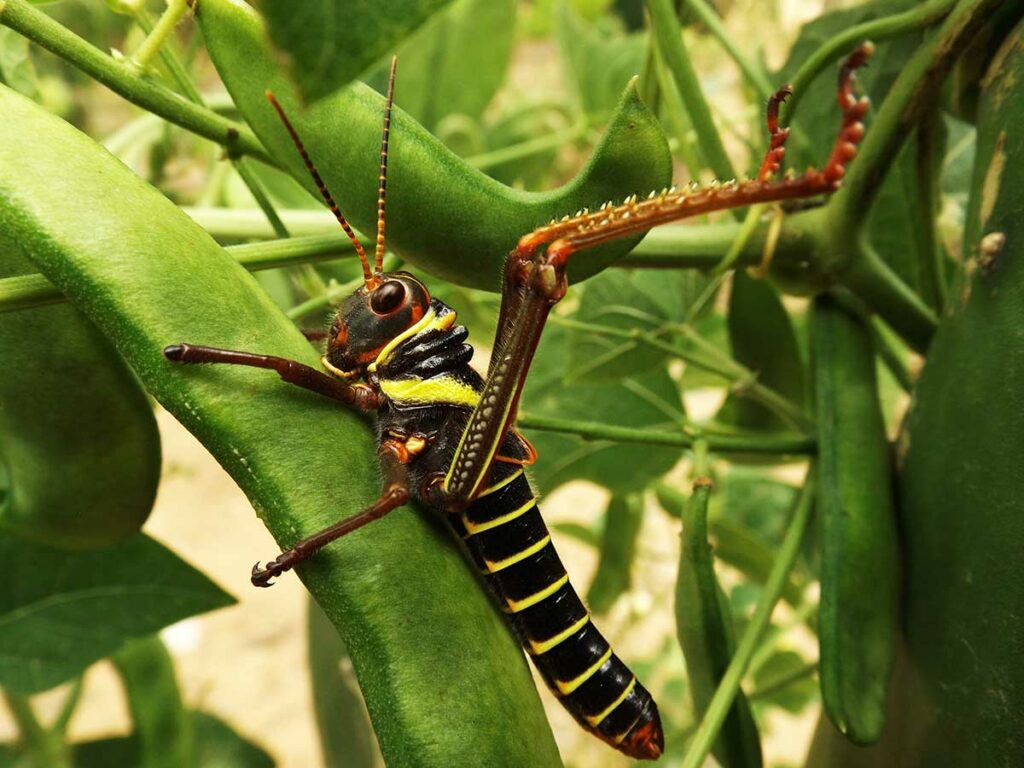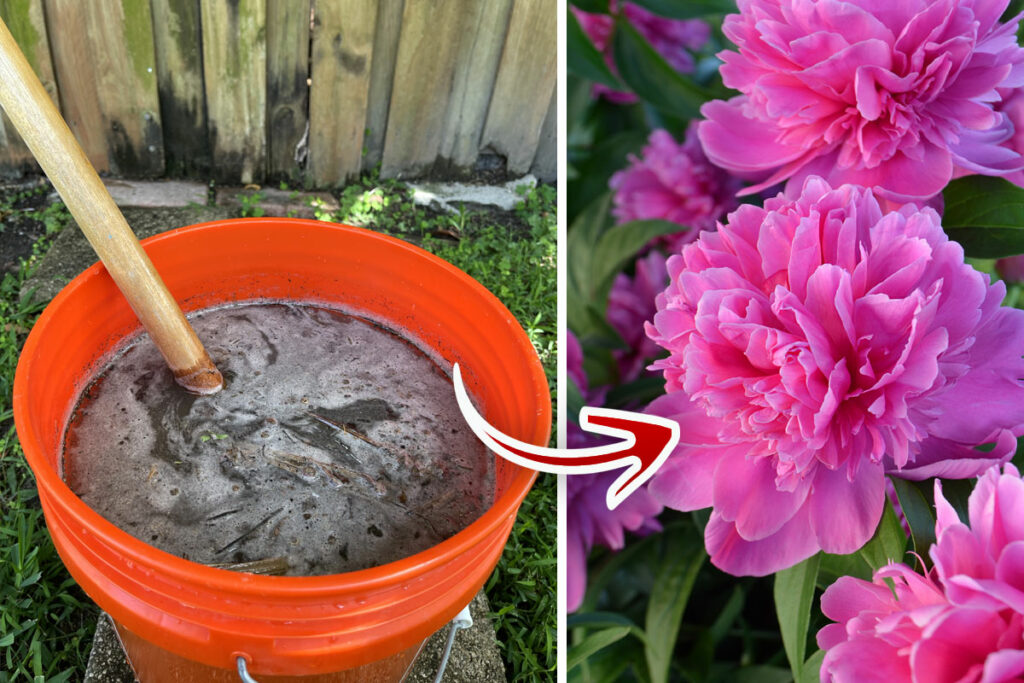As summer winds down, your garden is likely bursting with life. But did you know that your thriving plants hold the key to next year’s bounty?
By saving seeds from your current harvest, you’re not just preserving plants – you’re cultivating a connection to nature’s cycle.
Let’s explore ten expert tips to help you become a seed-saving pro!
1. Choose Your Champions
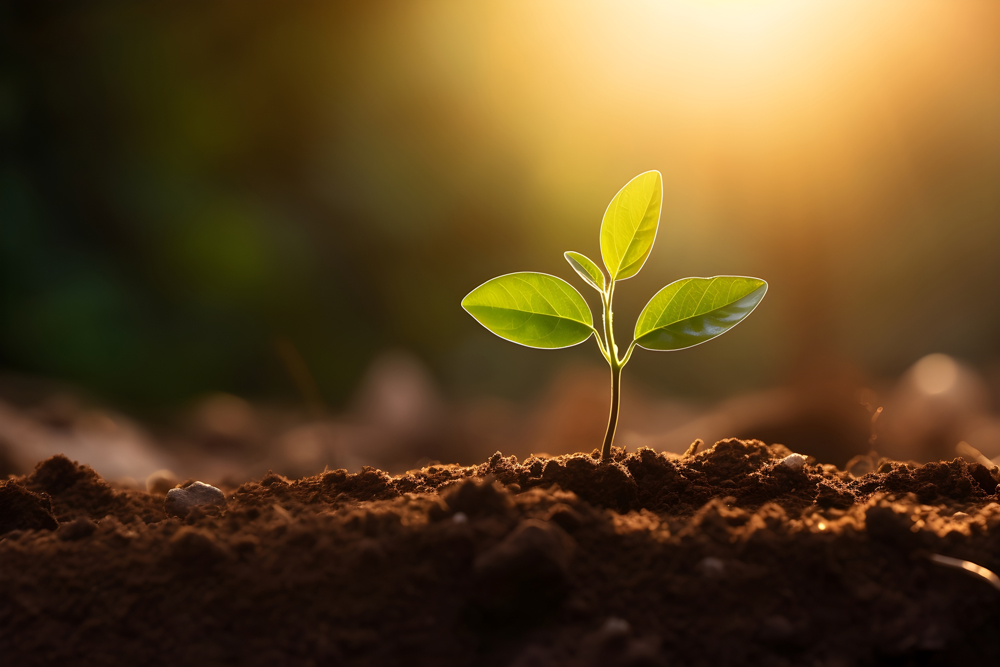
Selecting the right plants is crucial for seed saving success. Look for the superstars in your garden – those plants that have shown resilience, produced abundantly, or just caught your eye with their beauty. Steer clear of any plants showing signs of disease or pest damage. By choosing the best specimens, you’re setting the stage for a robust future harvest.
Remember, healthy parents make for healthy offspring in the plant world too!
2. Know Your Seeds
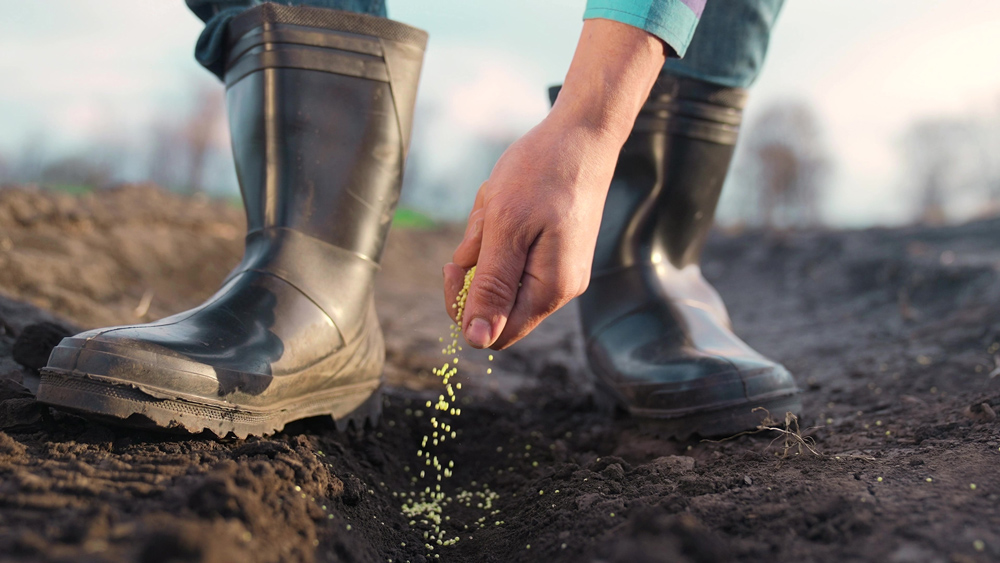
Not all seeds are created equal when it comes to saving. Some, like beans and peas, are easy-peasy – just let them dry on the plant. Others, like tomatoes, need a bit more TLC. These juicy fruits require a fermentation process to remove their gelatinous coating.
Understanding the unique needs of each seed type will set you up for success. It’s like learning a new language – the language of your garden!
3. Perfect Timing is Everything
Patience is a virtue, especially when it comes to seed saving. Wait until your chosen plants have fully matured before harvesting their seeds. For most varieties, this means letting seed pods or fruit dry and turn brown right on the plant.
It’s like waiting for fruit to ripen – pick too soon, and you’ll miss out on the full flavor (or in this case, viability) of your harvest.
4. Embrace the Art of Drying
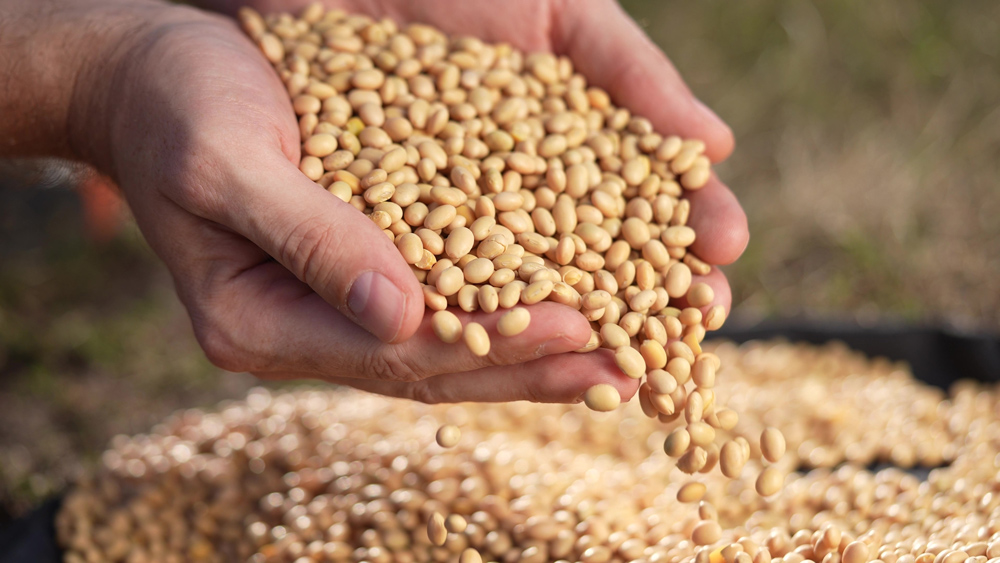
Once you’ve collected your seeds, it’s time to play the waiting game. Spread them out on a paper towel or coffee filter, giving them plenty of breathing room. Depending on their size and moisture content, you’ll need to let them dry for anywhere from a few days to a couple of weeks.
Think of it as a spa treatment for your seeds – they’re getting ready for their long winter’s nap!
5. Separate the Wheat from the Chaff
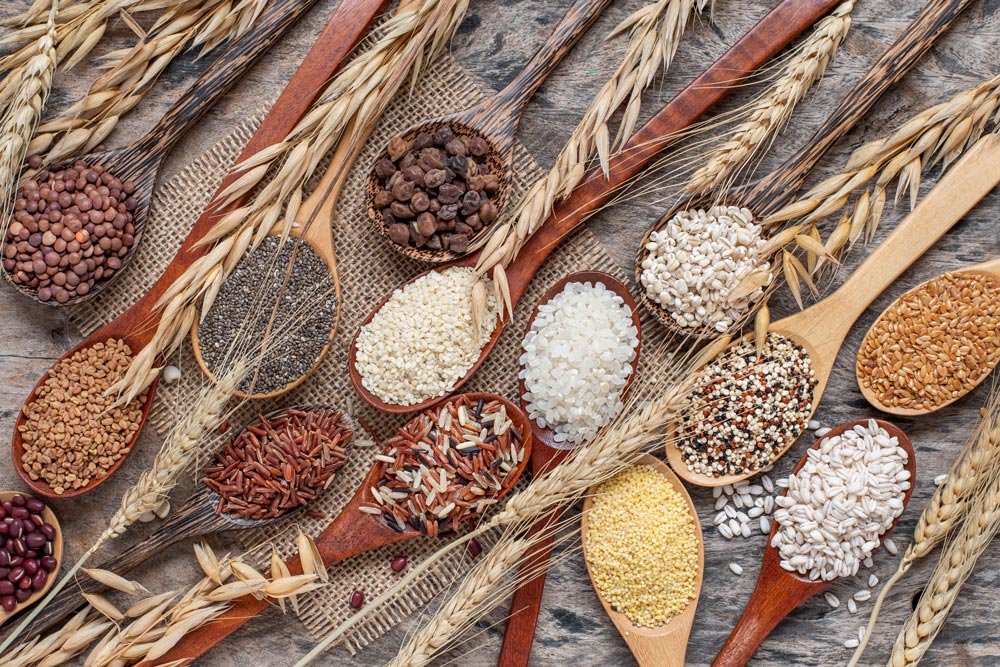
For dry seeds, a little cleanup goes a long way. Remove any leftover plant material or chaff to make storage easier and reduce the risk of mold. You can often do this by hand, or get creative and use a gentle breeze to blow away the lighter bits.
It’s like giving your seeds a makeover – they’ll be ready for their close-up in no time!
6. Create a Cozy Home
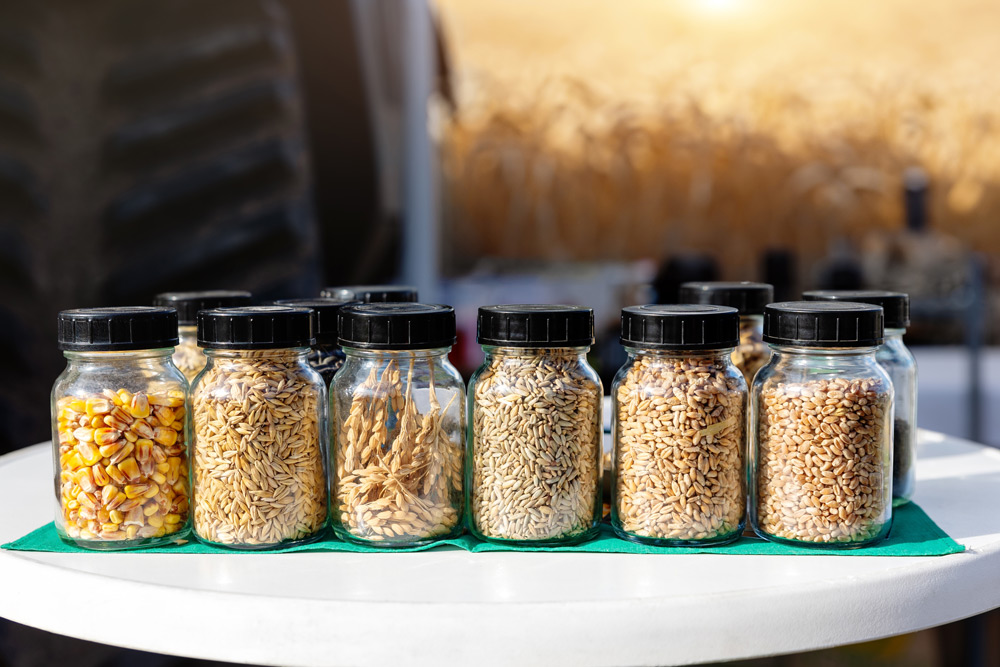
Your freshly cleaned and dried seeds need the right environment to stay viable. Think cool, dark, and dry – like a seed’s version of a five-star hotel. Airtight containers such as glass jars or sealed envelopes make perfect homes. For extra protection against moisture, toss in a silica gel packet.
Treat your seeds to the VIP treatment, and they’ll reward you with vigorous growth come spring!
7. Label with Love
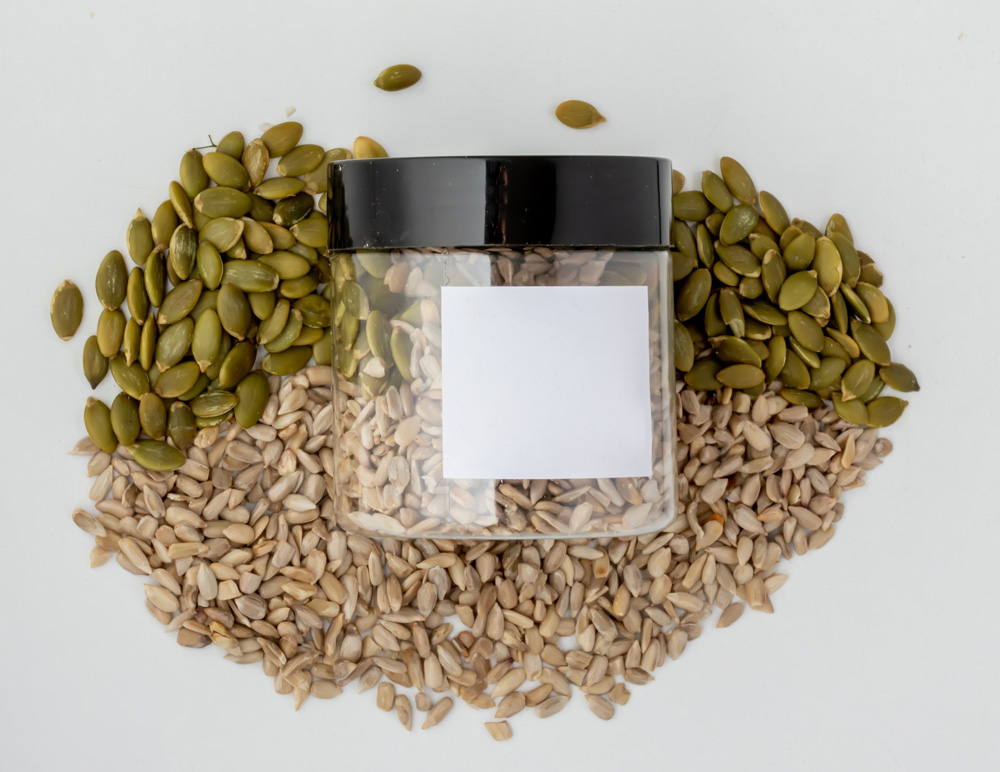
Don’t let your future self down – take the time to label each container clearly. Include the type of seed, variety, and collection date. This simple step will save you from the guessing game when planning next year’s garden.
It’s like leaving a note for your future self – a little act of kindness that goes a long way!
8. Keep It Pure
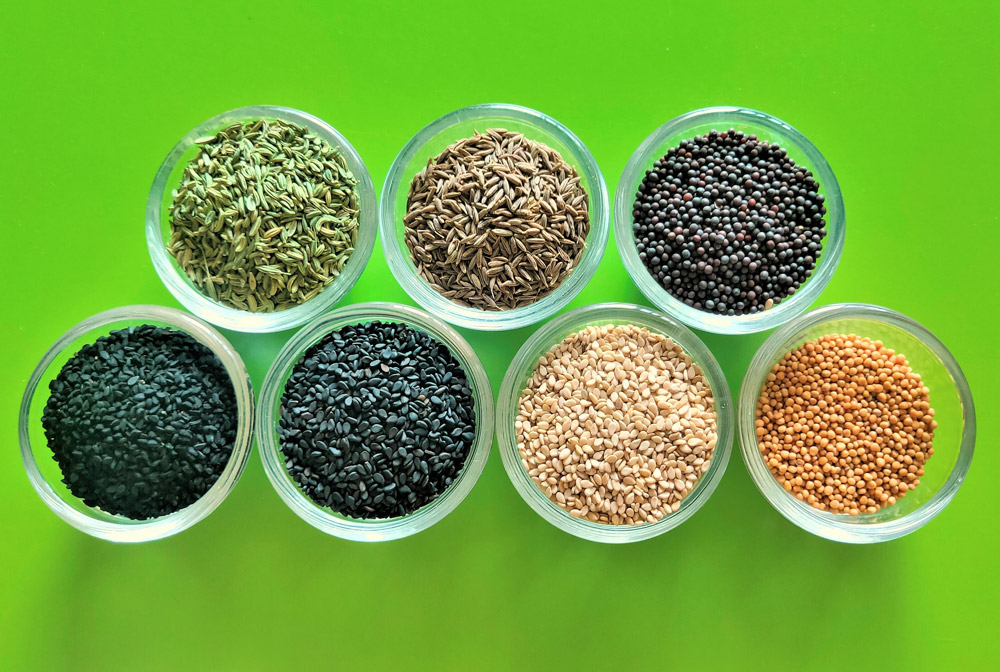
Cross-pollination can be a tricky business, especially for plants like squash and cucumbers. If you’re aiming to save seeds from these promiscuous pollinators, you’ll need to play matchmaker (or rather, prevent unwanted matches).
Isolate different varieties to maintain pure strains. It’s like being a chaperone at a plant prom – keeping everyone in line!
9. Test the Waters
Before you invest time and energy in planting, it’s wise to check if your saved seeds are up to the task. A simple float test can give you a good idea of seed viability. Place a few seeds in a jar of water – the sinkers are your winners, while the floaters might be duds.
This quick check can save you from the heartbreak of waiting for seeds that never sprout.
10. Spread the Love
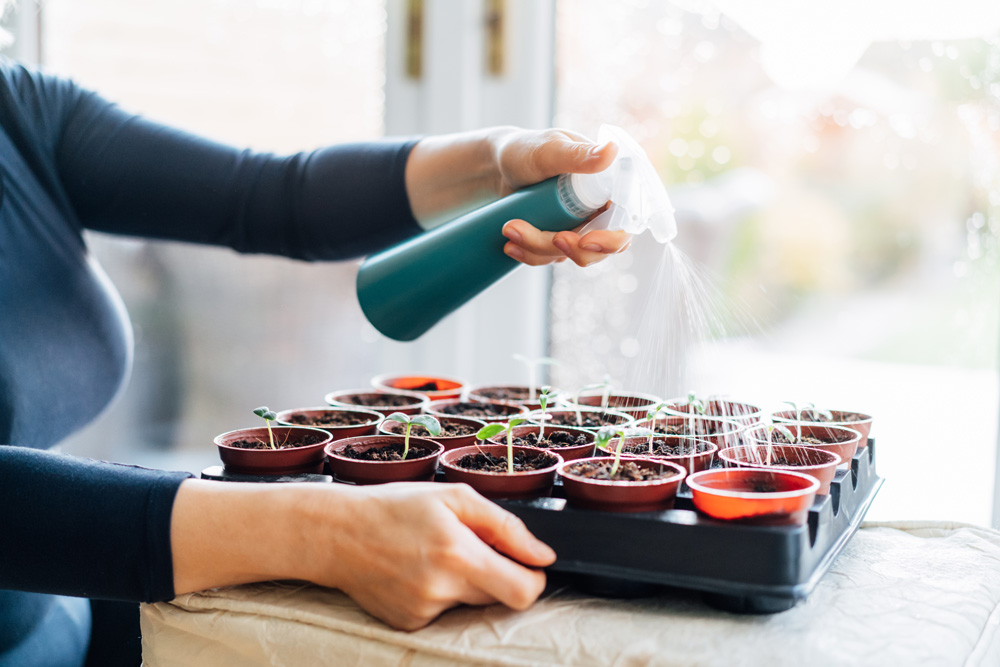
Seed saving isn’t just about self-sufficiency – it’s about community too. Share your bounty with friends, family, or local gardening groups. It’s a wonderful way to spread the joy of gardening and help preserve biodiversity.
Plus, you never know what treasures others might share in return!
Nurturing Nature’s Cycle
By embracing the art of seed saving, you’re not just planning for next year’s garden – you’re participating in a timeless tradition. Each seed you save carries within it the promise of future harvests and the legacy of seasons past.
As you carefully collect, dry, and store your seeds, take a moment to appreciate the miracle of nature’s cycle. From a tiny seed springs a whole plant, which in turn produces more seeds. It’s a beautiful reminder of the interconnectedness of all living things.
Building Resilience, One Seed at a Time
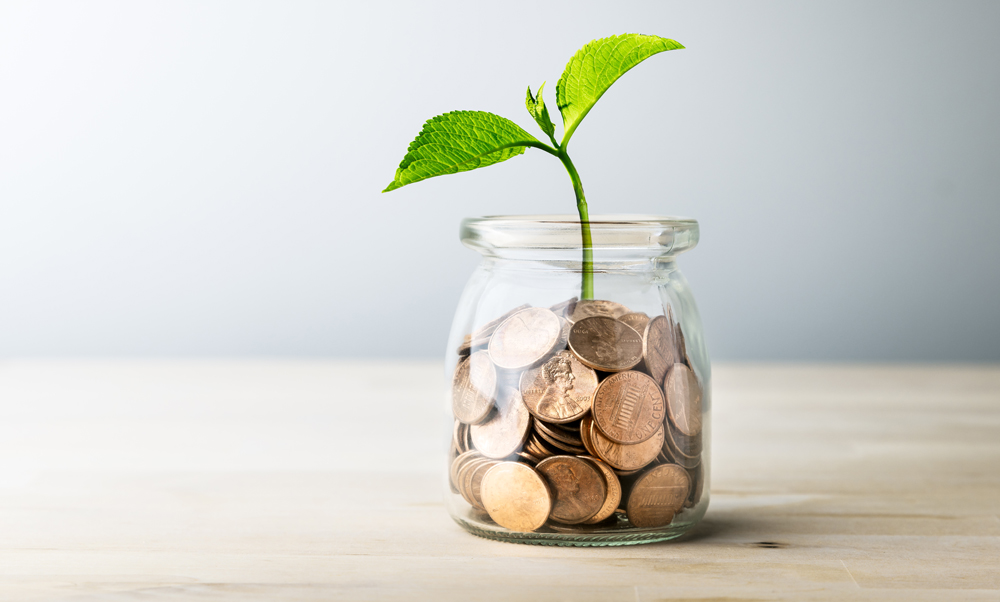
Saving your own seeds isn’t just a money-saver (though your wallet will thank you). It’s also a way to develop plants that are perfectly adapted to your unique growing conditions. Over time, you may find that your saved seeds produce plants that are hardier, more productive, and better suited to your local climate than store-bought varieties.
This process of natural selection happening right in your backyard is like having your own mini evolution experiment. How cool is that?
A Sustainable Solution
In a world where biodiversity is under threat, saving seeds is a small but powerful act of conservation. By preserving heirloom varieties and adapting plants to local conditions, home gardeners play a crucial role in maintaining genetic diversity.
Think of your seed collection as a living library – each variety a unique story waiting to be told in next year’s garden.
Embracing the Learning Curve
Don’t be discouraged if your first attempts at seed saving aren’t perfect. Like any skill, it takes practice to master. Each season brings new lessons and opportunities to refine your technique.
Remember, even experienced gardeners face challenges. The key is to approach each setback as a learning opportunity. Before you know it, you’ll be a seed-saving pro!
Conclusion: Sowing the Seeds of Tomorrow
As you survey your summer garden, bursting with life and color, remember that each plant offers a gift for the future. By saving seeds, you’re not just preserving plants – you’re cultivating a deeper connection to the natural world and ensuring a bountiful harvest for seasons to come.





